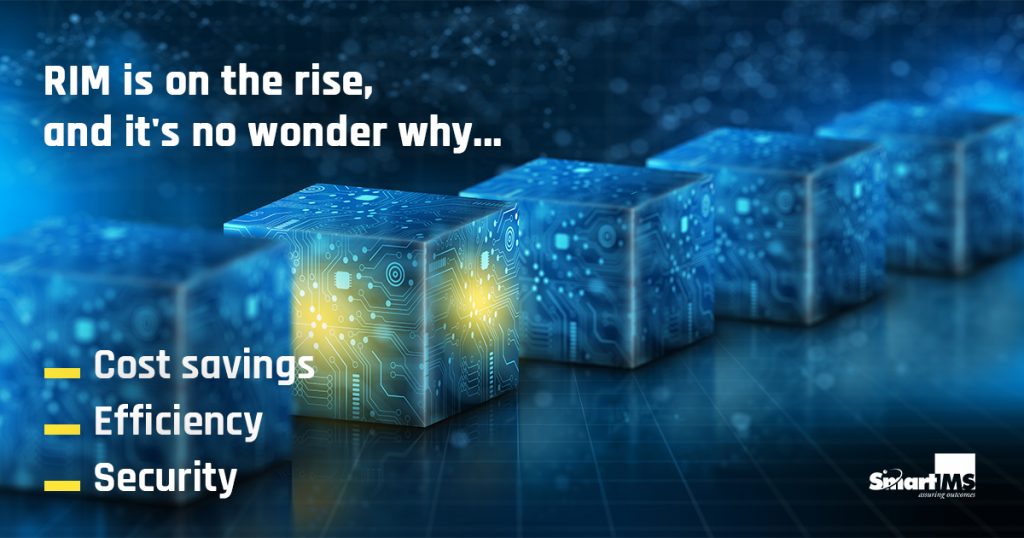Remote infrastructure management (RIM) is monitoring a computer system, network, or other IT system to maintain an optimal operational level. It is often associated with critical infrastructures, data centers, cloud and servers that must be online 24/7.
RIM is a trend that’s been gaining ground in recent years and shows the potential to revolutionize the industry. In this article, you will learn what RIM is, why it’s become so popular, and the benefits and challenges faced by RIM teams adopting this new way of managing their IT systems.
RIM Is Gaining Ground Across Industries
RIM has gained momentum across industries, and the benefits are clear. It allows IT departments to provide a consistent experience for end users and business partners while improving security, efficiency, and flexibility.
RIM solutions are becoming more popular as technology evolves faster than ever before. It’s not surprising that more companies want to use these solutions as they continue to improve their business operations.
The need for RIM is not just limited to IT professionals. It is also relevant to many other industries, including Manufacture, Pharma , Hospital & Hospitality, finance and retail. Some companies have already started using RIM in their operations.
The biggest reason why RIM is gaining ground across industries is that it helps them save money on maintenance costs. In addition, it also allows them to prevent downtime when they are using their equipment or systems. This can reduce the risks of losing business or facing losses due to theft or hacking attacks.
Biggest Benefits of RIM
RIM has emerged as one of the most popular services in recent years due to its many advantages. Here are some of the most significant benefits of RIM:
- Cost savings: One of the main reasons businesses opt for RIM is that it can help them save on infrastructure costs. With RIM, businesses don’t need to invest in their physical infrastructure as the service provider provides all the resources. This can lead to significant cost savings for businesses, tiny and medium enterprises.
- Flexibility and scalability: RIM is highly flexible and scalable, so it can quickly adapt to changing business needs. With RIM, businesses only need to pay for the resources they use, making it a very cost-effective solution.
- Improved efficiency: Another significant advantage of RIM is that it can help businesses improve their overall efficiency. With RIM, businesses have access to world-class resources and expertise that can help them optimize their operations and processes. This can lead to improved productivity and performance for businesses.
- Risk mitigation: RIM can also help businesses mitigate risks associated with their IT infrastructure. By outsourcing their IT infrastructure to a reliable service provider, businesses can avoid the risks and disruptions of managing an in-house infrastructure.
Challenges Faced by RIM
The benefits of using RIM are endless, but RIM has faced a number of challenges in recent years that have hindered its growth. These include:
The ever-growing list of challenges faced by Remote Infrastructure Management (RIM) teams directly results from the industry’s continuous expansion and adoption. To keep up with the demand, RIM providers are continuously innovating their services and solutions. Here are some of the most common challenges That will be solved by RIM
- Lack of Visibility into Infrastructure Performance
- Difficulty Troubleshooting Issues Remotely
- Configuration Drift
- Lack of Automation
- Security Concerns
RIM is on the rise, and it’s no wonder why. With its benefits in terms of cost savings, efficiency, and security, more and more businesses are turning to RIM to manage their infrastructure. If you’re considering switching to RIM, be sure to do your research and partner with a reputable provider like Smart IMS. With the right team like us in your corner, you’ll be able to take advantage of all that RIM has to offer. Write to sales@smartims.com to know how we manage your infrastructure needs.



